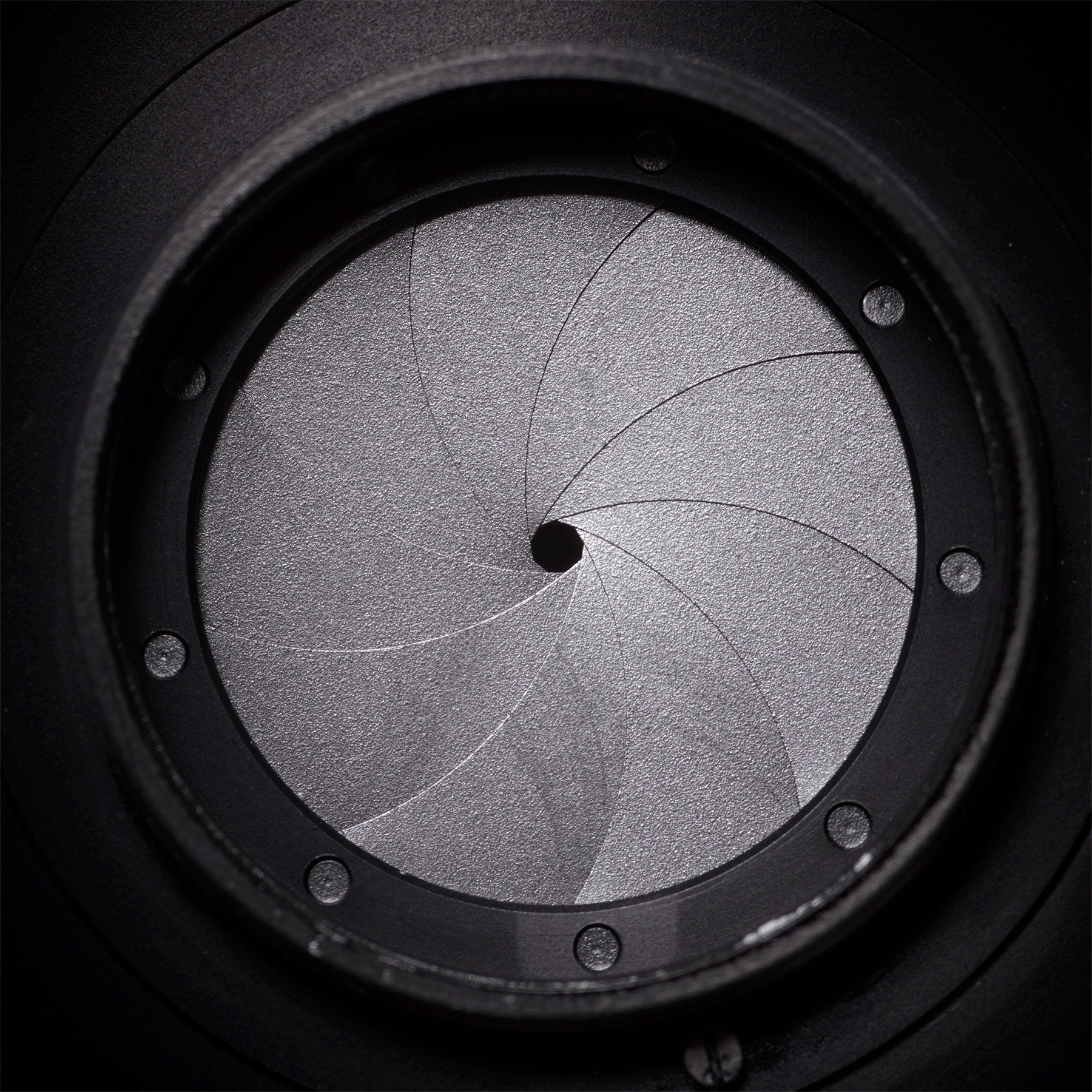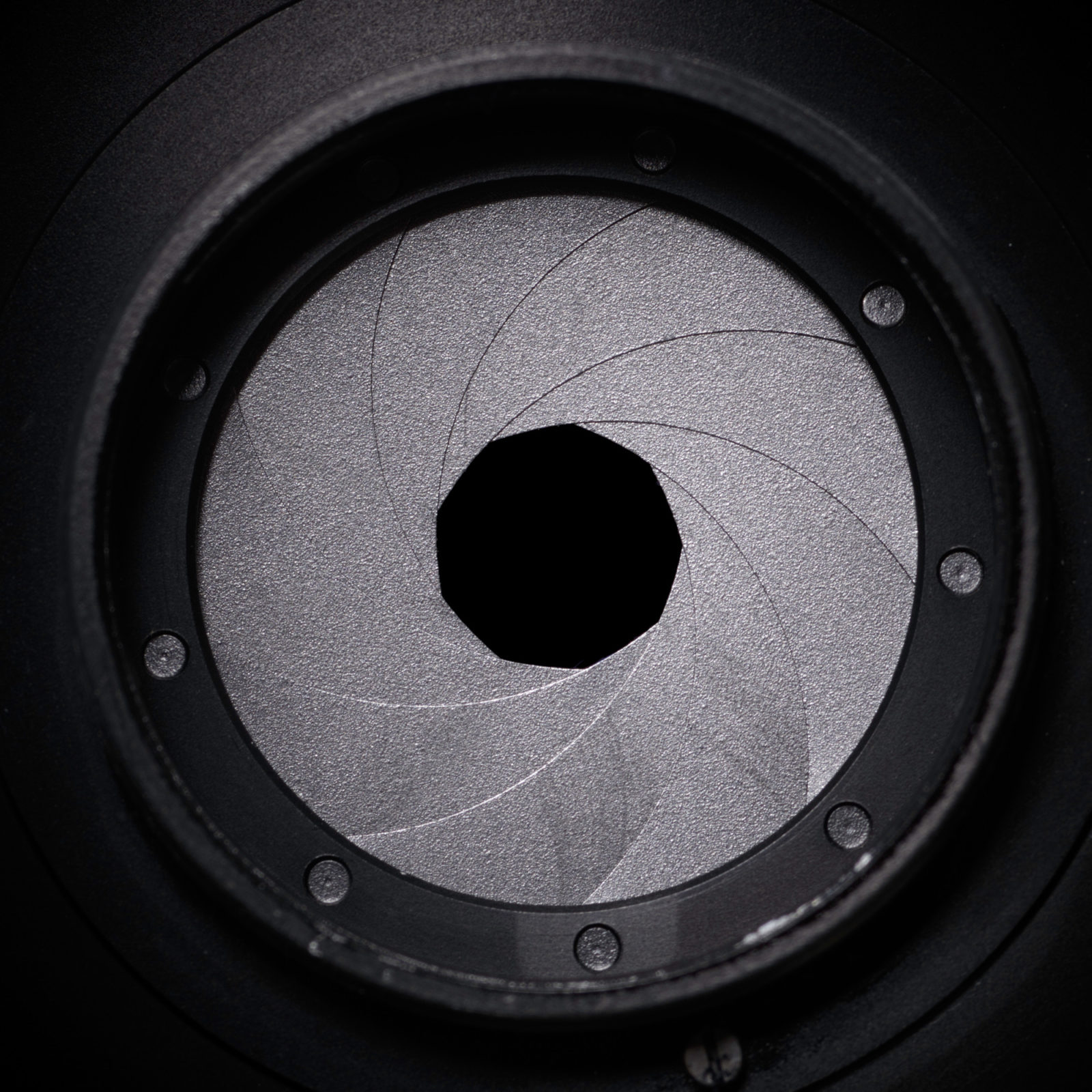Gear Testing, Hardware, Lenses, Phase One, Tech Cameras, Tech Tips
The King is Dead, Long live the King! The End of the Copal Shutter Era.
RIP: The Copal Shutter: 1946 to 2019.
Introducing: the Rodenstock Aperture Mount
The End of an Era
Production of Copal Shutters ended in 2013, but Copal produced enough that year to hold over the industry for “years to come.” Those years have now effectively expired; every major player has run through their supply or is at the absolute end of that supply.
This leaves only two current options for using large format lenses: Unwieldy Electronic Shutter Systems or the new Rodenstock Aperture Mount. DT received one of the first production Rodenstock Aperture Mounts and our review is below. But before we get to that, we need to quickly cover the other option.
Unwieldy Electronic Shutter Systems
The Schneider SES system (discontinued) and the Rodenstock/Sinar eShutter system (also used by Alpa) are legacy leaf shutter systems that are controlled by a separate controller, powered by a separate power source, and require additional cabling. To say these solutions are “inelegant” by modern standards is a bit of an understatement.
DT occasionally uses these devices in some of its DT Cultural Heritage systems. Because they are physically static on a copy stand, the additional power and cables are not a major issue, and we’ve written our own shutter integration software such that they behave more like native components. But outside of static-use cases like this, the hassle factor of these Electronic Shutters is quite high.
Rodenstock Aperture Mount

Rodenstock, knowing that the end of Copal Shutters was coming, decided to manufacturer it’s own aperture-only replacement. It is the same depth and uses the same thread-mounting as a Copal shutter, and so is a direct replacement for a Copal Shutter (0 size) in any lens that supported a Copal Shutter (0 size). The aperture is continuously variable (no detents or click stops) and uses 9 blades for a very smooth circular opening; the Copal Shutter had either 5 or 7 blades depending on when it was made. Like the Copal Shutter, it is entirely mechanical, so requires no cables, battery, power source, or interface controller. To change the aperture you simply rotate the notched Aperture Control Ring until the desired aperture value lines up with the white indicator line.
The Rodenstock Aperture Mount was designed to be significantly more physically robust than the legacy Copal Shutter it replaces. First, the actual material of the chassis is stronger, so that heavy lens elements like those of the storied Rodenstock 32HR will not pull the mount out of alignment as it could with a Copal Shutter. Also, because the only moving part is the slow-moving aperture blades you can expect it to last much longer than the Copal Shutter whose spring-based fast-moving shutter would eventually falter and fail.
There is no shutter in a Rodenstock Aperture Mount, so it must* be used with a back that has a Sensor-Based Electronic Shutter. If you’re not familiar with this technology, it allows the Phase One IQ3 100mp, IQ3 100mp Trichromatic, IQ3 100mp Achromatic, IQ4 100mp Trichromatic, IQ4 150mp, and IQ4 150mp Achromatic backs to start and end the exposure without a physical shutter or mechanical movement of any kind. More details about that technology can be found here: Sensor-Based Electronic Shutters.
Using the Rodenstock Aperture Mount with the sensor-based electronic shutter of the Phase One IQ4 150mp or Phase One IQ4 150mp Achromatic is particularly elegant as these backs can use a pre-recorded dark frame. That means they can capture a RAW file directly from within live view (which pauses for a fraction of a second during capture and then seamlessly resumes) without any loss of quality or bit depth.
With the IQ3 100mp, IQ3 100mp Trichromatic, IQ3 100mp Achromatic, and IQ4 100mp Trichromatic backs a manual dark frame is required, so require that the lens is manually covered (or the lights turned off) to generate that dark frame, whenever the shutter speed is changed. Alternatively, these backs can be set to a special mode that reuses the dark frame indefinitely; contact DT for more information on the pros and cons of this workflow.
The one major downside of using a lens mounted in a Rodenstock Aperture Mount is that, since it’s using the Sensor-Based Electronic Shutter, the flash sync speed depends on the “readout speed” of the Sensor-Based Electronic Shutter in your camera. So, for example, with an IQ4 150mp the fastest sync speed is 0.3 seconds, which is far slower than the 1/500 second sync speed of the Copal Shutter or 1/1600 second sync speed of the Phase One XF with Schneider LS BR lenses. This means that mixing ambient with strobe is possible in some low-light scenes (e.g. architectural interiors, dawn/dusk exteriors, dark studios with modeling lights dimmed or off) but not in any scenes with bright ambient light. This limitation is particularly significant for those using strobes for studio product photography or architecture. However, since the introduction of the Phase One XF Focus Stacking tool we’ve found most of our studio product photography clients have moved to the XF, and studio product photography clients can consider the Broncolor F160 LED as a high-quality, high-CRI, high-CQS continuous light source which is compatible with the entire fleet of Broncolor Light Shapers; since the F160 is a continuous light source there is no limitation on the sync speed with a sensor-based electronic shutter used with the Rodenstock Aperture Mount. Note that DT is a flagship Broncolor Dealer and glad to arrange a demo of this light for any of our clients in our New York or California Resource Center.
In conclusion, this new option is very welcome for tech camera users looking to continue to use the incredible Rodenstock HR large format digital lenses on tech cameras (e.g. Arca Swiss or Cambo) with the Phase One IQ3 and IQ4 digital backs featuring sensor-based electronic shutters. While we will miss the era of the whirling Copal Shutter, the workflow improvements of being able to work directly from within live view is a huge boon. It’s especially elegant when compared to the complex, separately powered, separately controlled, cable soup of electronic shutters such as the eShutter. We for one, welcome our new overlords.
*Must is a strong word. For 99% of use cases this is true. However, it is technically possible to use the Rodenstock Aperture Mount without a Sensor-Based Electronic Shutter. On any P1 back you can use the wakeup architecture to manually start and end exposures with the main caveat being that the sensor must be in the dark prior to the end of the exposure. So, for example, with every P1 back since the 6mp Light Phase (1998) you could work in a pitch-black (or very very dark) studio, wake up the back, start an exposure, fire a flash, and then end the exposure; this does not require any form of shutter.

